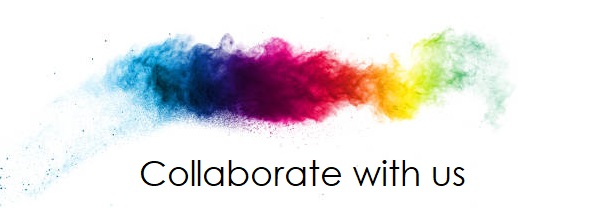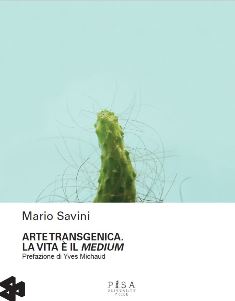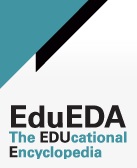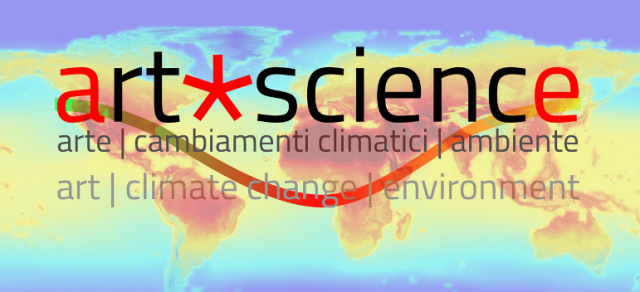Interdisciplinary curator and researcher Christiana Kazakou in conversation with Ioannis Melanitis on his work for Ars Electronica 2020, Random Rhetoric, Garden PAROS (GR), curated by MADE Group for STARTS (Science, Technology & the Arts) Regional Centers initiative, funded by the Horizon 2020 research and innovation programme, European Commission.
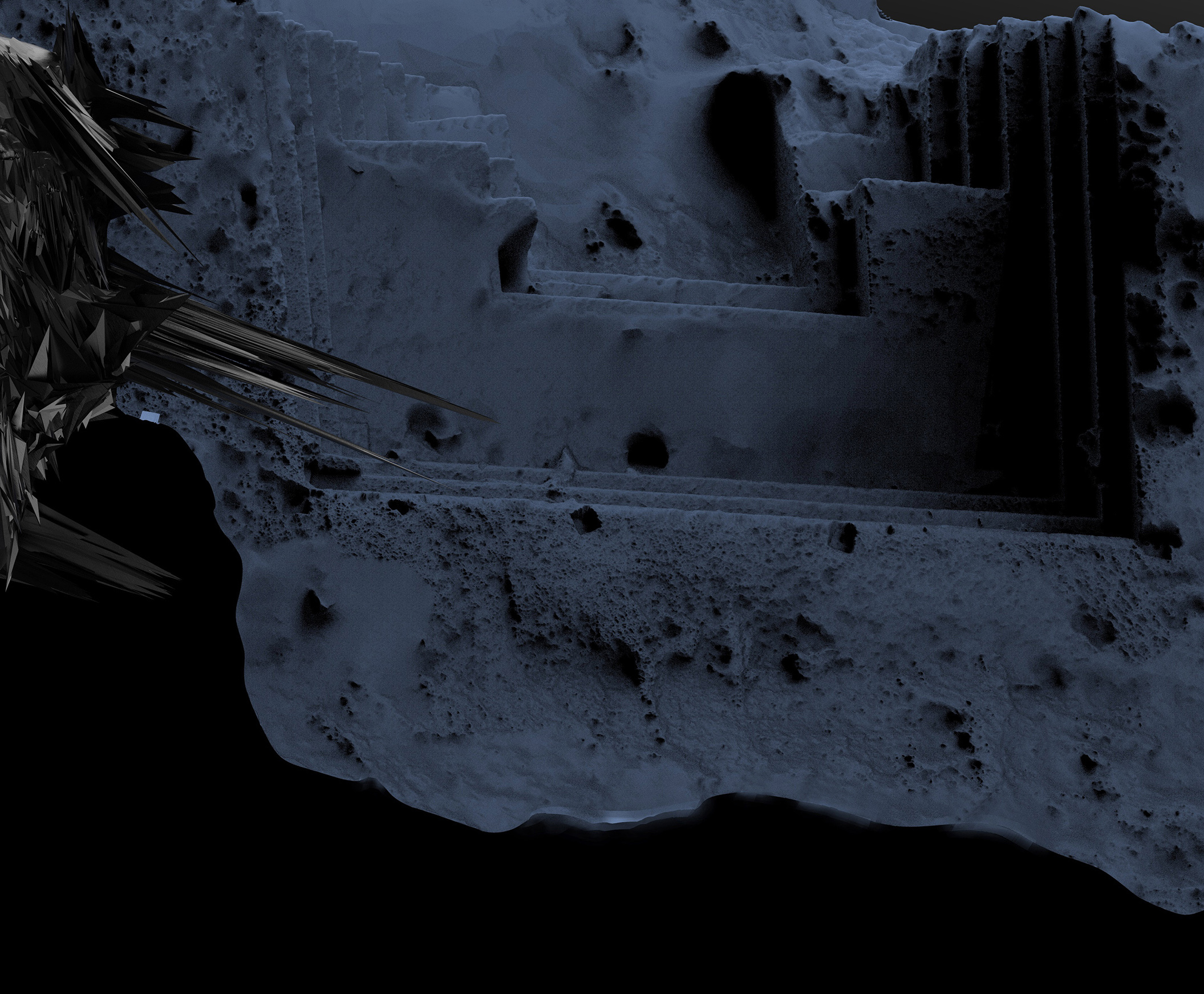
In Kepler’s Gardens
Ars Electronica 2020 is a journey mapping the “new” world and a journey through “Kepler's Gardens”, which are located in Linz at the JKU Campus and at 120 other locations worldwide. A journey in which ideas and projects span a global network in which what needs to be done will be discussed: ars.electronica.art/keplersgardens.
In the context of the Regional STARTS Centers in Greece, the non-profit platform for social innovation projects MADE GROUP, with the support of the Athens Tech College, the Cultural Association of Archilochus and the Μunicipality of Paros Island presents “Random Rhetoric”, Garden PAROS/GREECE by conceptual artist & academic Ioannis Melanitis. “Random Rhetoric” refers to computerized practices in politics, which are carried out through computers under the norm that political ideas operate as an outcome of mechanized processes and statistics, aiming at the absolute persuasion, the seduction of the audience, allured from the representation of a machine mimicking a human being.
Christiana Kazakou:
In this year's Ars Electronica 2020 festival theme “In Kepler's Gardens”, uncertainty, humanity, autonomy, democracy and technology are key concepts. Your research over the years has been discussing the “geometrisation of democracy” and debating the technology's philosophical dimensions. Can you tell us about your theoretical context and your artistic drive to work with a machine that imitates a human being? What is the role of ‘mimicking’ in your work?
Ioannis Melanitis:
We may define the act of mimesis by means of information’ s distribution in nature: Mimics copy cues or signals that are already in use as part of a stable communication system (thus compared to ones stored in a mnemonic base) but offer misleading information to receivers.
In the case of the Ars Εlectronica work entitled Random Rhetoric, a machine mimics humans. Actually, a question tree with 121 output answers mimics a philosophical conversation with the audience. Each question of the orator triggers a new interface with three paths- YES, NO, ELSE. A model of a computer-based button interaction has been set as if an invisible philosopher is conducting an interactive dialectical procedure. Instead of leaving the computer to generate an AI response, the work Random Rhetoric uses the artist's predetermined responses to defraud the audience.
A commonly advocated way in performing such a deception is to imitate speech, for example, in a way that is camouflaged behind an anthropic veneering, a "state" in which imitation refers to mechanical guises. As humans believe that the mechanical is designated as ”definite”, meaning that which gives identical results in every identical input, they can become subordinates of a cunning machine that designs a mechanism to deceive them.
Machines involve surprises…even humour… This is rooted in the etymological context of the machine, and techne(art). Mechanic refers to an operation as a whole while mechanistic to the involuntary operations of the body parts. Humour appears “mechanistic” in the process, not necessarily in resemblance to a machine (thus called machin-istic). The method for the mechanization of the comic process leaves space to the machine to deceive in total as the word machine means to invent, construct, make by art, -it ends in a plot…
The word mimesis (μῑμησις) etymologically derives from “memory”; to imitate something presupposes a memorization of its basic structures. Initially, it presumes a representation through art, the making of resemblances. We may assume that every representation has its own concurrencies and failures, so mimesis is in a sense “demoted” to a parody, a farce (μῑμεία= farce).
You see, in Random Rhetoric, I present a speech imitation as a covert case, a scam”. Not coincidentally, in art etymologies, the word entries of art and deceit start from a common root. Art and machines lie in the core of deception...
C. K.: You refer to the art of speech as a machinery of deception introduced by Aristotle at Rhetoric. Can you expand on the role of history and place in the digital forum Random Rhetoric?
I. M.: The historical context of oratory lies solely on information, involving specifically the deformation of information. Every relocation of information produces distortions. Not only oratory but Democracy itself falls victim to this "deceit" from its birth.
In my The Right to Equality Paradox analysis of Democracy’s roots, there is a reference on the iliadic initiation of voting procedure depicted not from a philosopher or a politician, but from the eminent painter Brygοs: The earliest record that heralds the right to equality before the law is in Homer’s Iliad. Over the weapons of war, Odysseus and Ajax await the judgment of heroes for the possession of dead Achilles arms. However, the mythical conception, necessary for interlinking political thought with a real event perchance, is not formed in any theoretical study, but by the painter Brygοs, on vessel E69, now in the British Museum (http://www.melanitis.com/Right_to_Equlity_Paradox.pdf). Goddess Athena appears fixing the votes… In this sense, the machinery of deception is either a god ( Athena) or... a code. Code is personified through Hermes, in the type of Hermes Logius as the statue type now in Palazzo Attempts (image 3), a dematerialised version of which is visible in the second phase or Random Rhetorics interaction scenery (images 4, 5).
Hermes as a thinker, “produces” questions; any response triggers an action, a counter-response, an antiphony that mimics a dialectics, though it's a fraud, by means that questions and statements are actually fixed, even if you might perceive them as random or logical. Literally, it is another mystery of dialectics under prescribed questions; the dialogue may seem more spontaneous and animated. This is where fraud through the dissemination of information is based. An environment of meanings is created where the audience, getting the sensation that information is unrehearsed, can perceive it as real.
In Random Rhetoric, the role of information's administration and sharing is assessed through the construction of speech processing tools. The machine, in other words, is preprogrammed to construct a reason semantically different from the particular conceptual framework that produced it. Perhaps the viewer's presence in any digital political scene is in a sense, “decorative”. The environment of the work is determined by a grid depending on the movement at the respective spatial point of the grid, where the questions of the Hermaic orator emerge. The gathering place in front of the orator has been geometrisized. Each spectator is valued as an information unit, an object of statistics and calculation. For the reception of the respective question, movement in the space is required.
C. K.: Metaphors manifest often in the arts; where does your practice situate in terms of disciplinary perspectives and collaborative models in the fields of art, science and technology?
I. M.: The quintessence of thinking on mechanistic arts lies in the analysis of information’s interchanges between machines and humans. There is no predetermined pathway towards this. Obviously, machines have their internally scheduled evolution… There is an interesting list we might outline, a syntax of all answers provided by machines after they mistakenly killed humans; the responses will be unpredictably ingenious. Or a list of new kinds of beauty provided by an app.
As I refer to the texts on the catalogue produced for Ars Electronica, to assemble new philosophical patterns we have to write new code, even to invent new unpredictable machines:
Every intelligent condition sets up a space for its future evolutions in an idiosyncratic, erratic context; machines are the new philosophers. Machines and their interference in dialectics will render humans as social outcasts, pariahs. Prevalent, irreplaceable, in a self- legitimation process, without being asked, machines will synthesize their "Reverse Turing" tests. A reversed Turing test may have the form of: Are humans able to exhibit intelligent behaviour equivalent to, or indistinguishable from, that of a robot?
In parallel, randomness is at the core of dialectics, as Logos, words, sentences are inherently dubious, erratic and indefinite. Furthermore, randomness is, much more than words, deeply entangled in the inner nucleus of the sentence structures, impenetrated by outward information.
We may re-evaluate the scientific resources related to all thinking electronic devices on a basis of diffusing philosophical managing techniques of the meanings of speech and practice. In all cases, text is a byproduct, a manipulated process of a hyper-state noetic ideal to which it merely resembles.
I can't see any text that can't be re-engineered; sentences evolve as organisms do- they even obey similar bio-patterns. Biological dynamics and text synthesis may help society remodel its speech patterns giving up space to more complex ideas such as the epicurean randomness, the swerve, the unpredictability as an inherent consistency of logic etc…
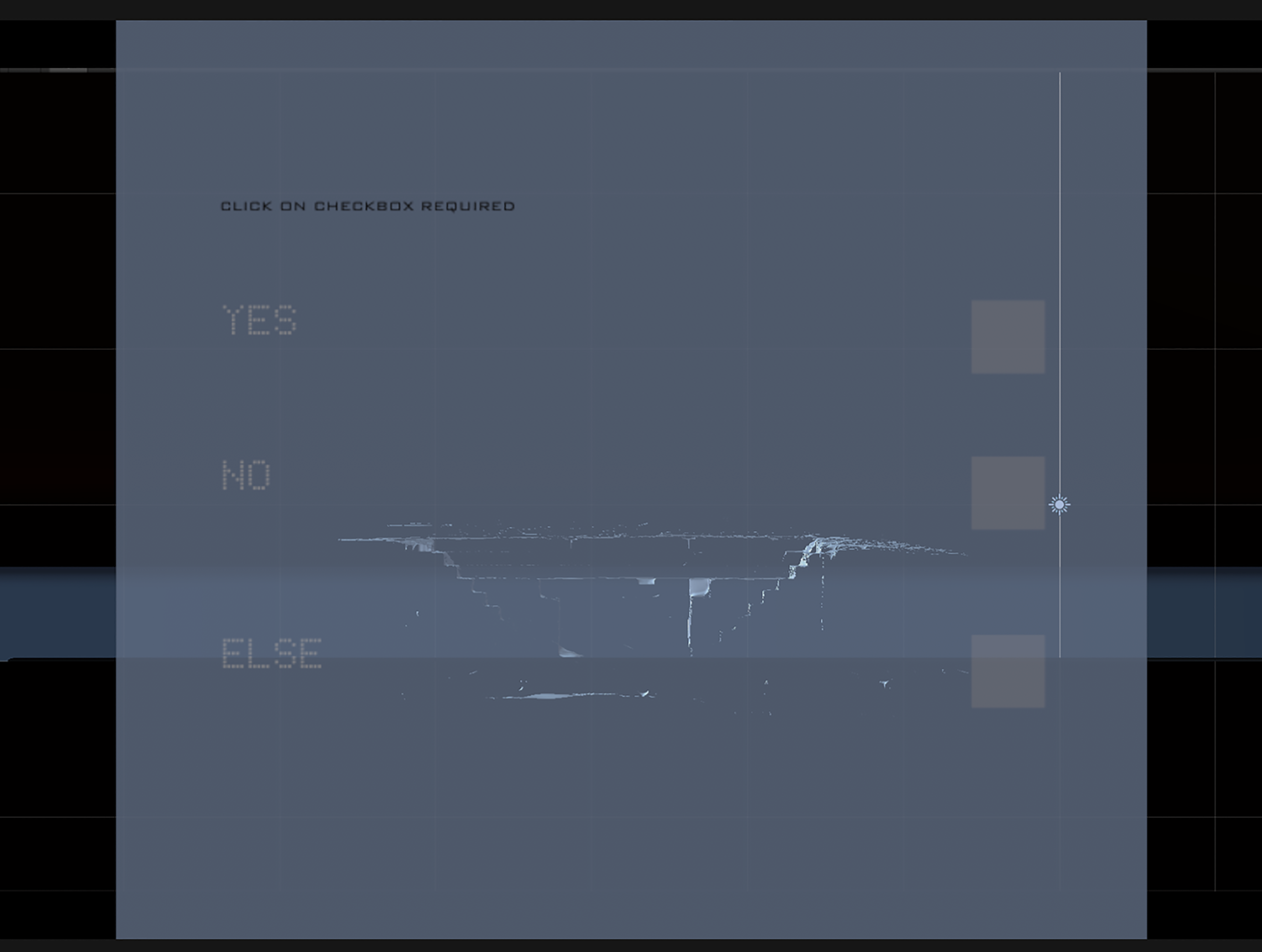
C. K.: STARTS is a program that engages with cross-disciplinary perspectives in the sciences, technology, arts, research and industry. How can we rethink innovation within the arts and can we create new pathways to question and humanize technology in novel ways?
I. M.: Transferring, at least in part, the interest of programmers and computer scientists to roles that involve creative activities and remodelling may provide perceptions for inventions and reassemblies. STARTS programme stands as a crucial framework as my objective remains to entangle artists in direct coding procedures and vice versa to question art-tech discourse.
Artistic predominance in sciences is inseparable from the formal scientific methodology. We may mention, among numerous examples, physicists’ Dirac methodology on reforming his famous equation for its simplicity and aesthetic form: It seems that if one is working from the point of view of getting beauty in one's equations, and if one has really a sound insight, one is on a sure line of progress. As James W. MCallister refers, Dirac dissents: he believes that aesthetic factors take a hand not only in directing processes of theory-formulation, but also in contributing to the assessment of the theories which have thereby been generated. (James W. McAllister, Dirac and the aesthetic evaluation of theories, see also McAllister, J., 1996. Beauty & Revolution In Science. Ithaca: Cornell University Press). Correspondingly, in the field of political sciences where text is predominant, the beauty of words is subject of attack in many archaic philosophical dialogues.
The redesigning of voice interaction models from machines should involve practices that have emerged as a result of theoretical elaboration of the power of speech and politics. The power of the code is universal. “Code is God” as some programmers state... We will soon find it difficult to understand contemporary artistic practice outside the construction of some kind of codification rather than modelling.
As an element of artistic practice, the code may include all creeping junk clusters manoeuvring in the environment, its defective elements and tatters, code rags which in themselves do not produce a phenotype but in recombinations, attacks and feedbacks may engage in reshaping the final "body" of art, like the “outcasts” of society that embolize the ataraxia of the "ideal polis"…
Stretches of unnecessary parts are essential to the arts as any concrete representation though an artist is not a mere bricoleur or a mere engineer. That is to say, the requirement for a Code that will work by undermining the nature of human routines, uniting all the information inputs of the programming environment, not under the control and administration of a single encoding method, but with a grid of codes, equivalent to the implementation of an evolutionary system. Almost destined to malfunction shortly and fall into non-reversible problems. The machine is alive, as long as we are…
LINKS:
Ars Electronica
Random Rhetoric link
ioannis melanitis official website / cv
MADΕ group


